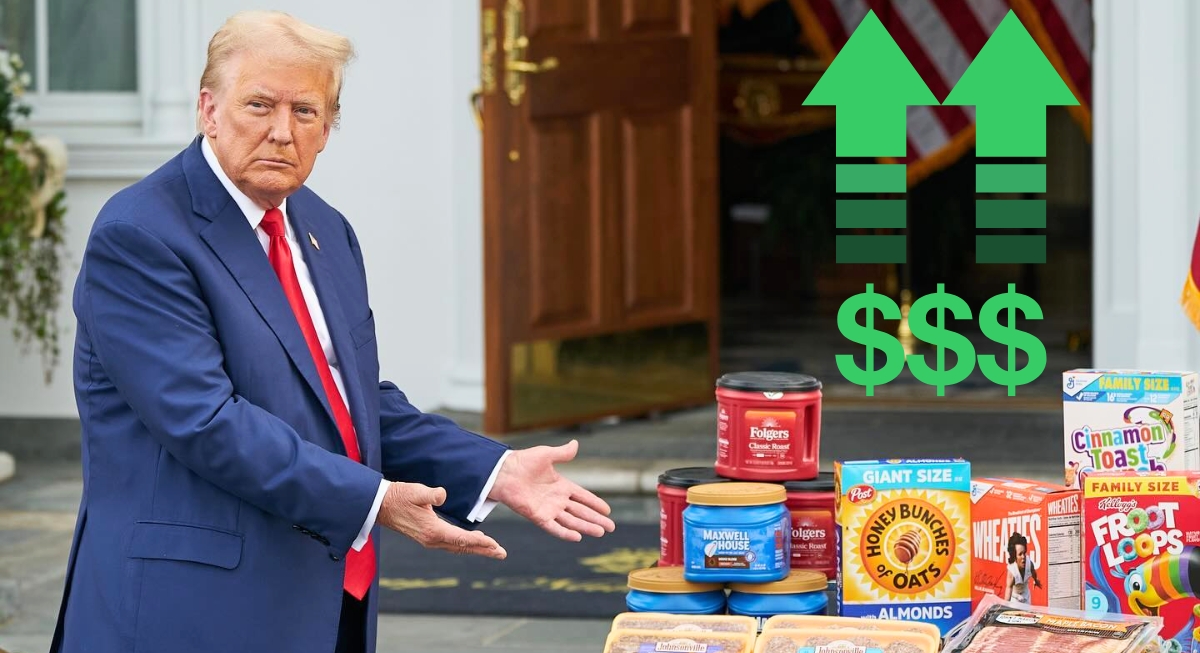New tariffs in 2025 could shake up your budget in ways you didn't see coming. While some increases might be minor, the cost of electronics, groceries, and everyday essentials could rise overnight, stretching budgets even further. Here's a look at what might be getting more expensive this year.
Avocados
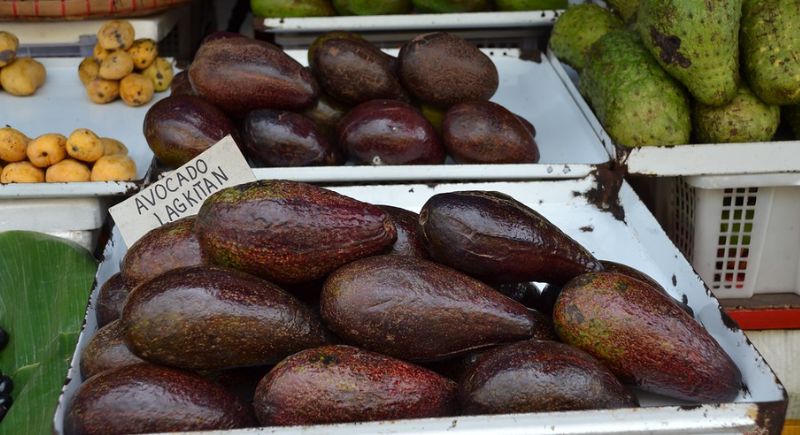
Credit: flickr
Avocado lovers, it's time to prepare for heartbreak. With over 90% of the U.S. supply coming from Mexico, tariffs could mean pricier guacamole at your favorite taco spot and higher grocery store prices. You might start rationing that avocado toast or resorting to the old-school trick of trying to ripen those rock-hard ones on your counter a little longer.
Strawberries
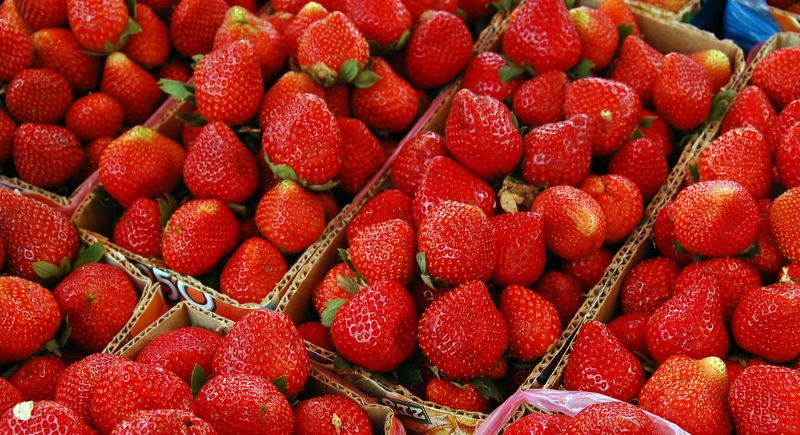
Credit: flickr
That bright red pint might not be as easy to toss into your cart without a second thought. Since Mexico grows about 85% of the strawberries in U.S. supermarkets, tariffs could push prices past $5 a pint. Strawberries and champagne may still be romantic, but they might start feeling more like a splurge than a simple pleasure.
Peppers
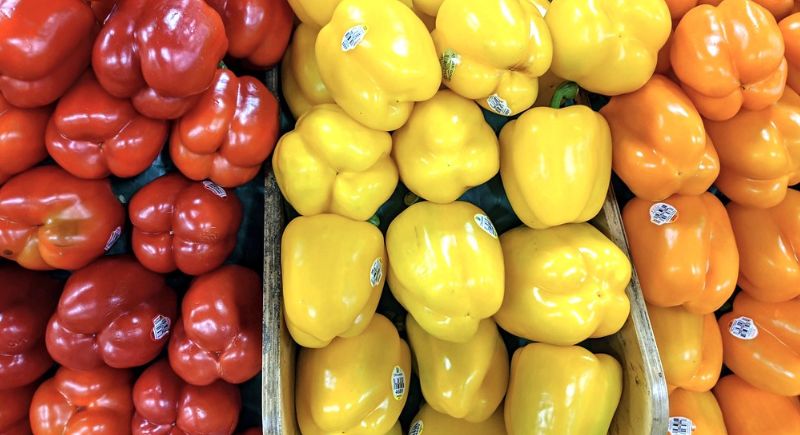
Credit: flickr
Spicy food fans, it's time to sweat—for reasons beyond the heat level of your favorite salsa. Whether it's bell peppers, jalapeños, or habaneros, the cost of your go-to fajita ingredients could jump. Even pre-made sauces, frozen meals, and your favorite hot wings might see a little extra kick—but not the kind you were hoping for.
Nuts
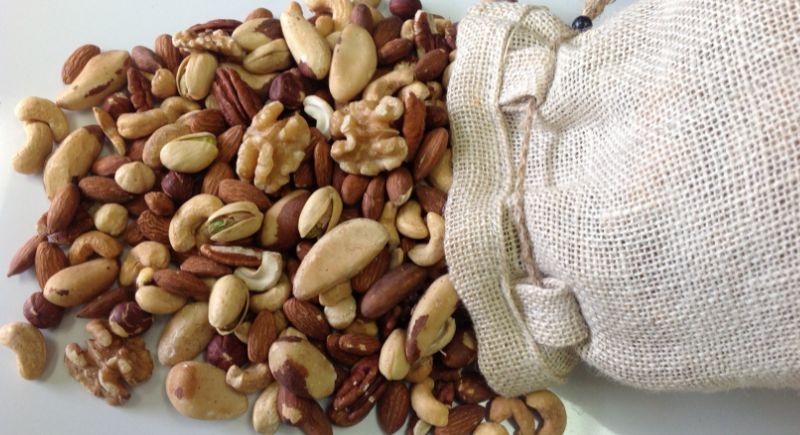
Credit: flickr
Your go-to snack is about to crack under pressure. Almonds, pecans, and other popular nuts sourced from Mexico and Canada are expected to cost an extra $2 to $3 per pound. This means higher prices for almond milk, trail mix, and that peanut butter you swear you only eat by the spoonful "sometimes."
Beer
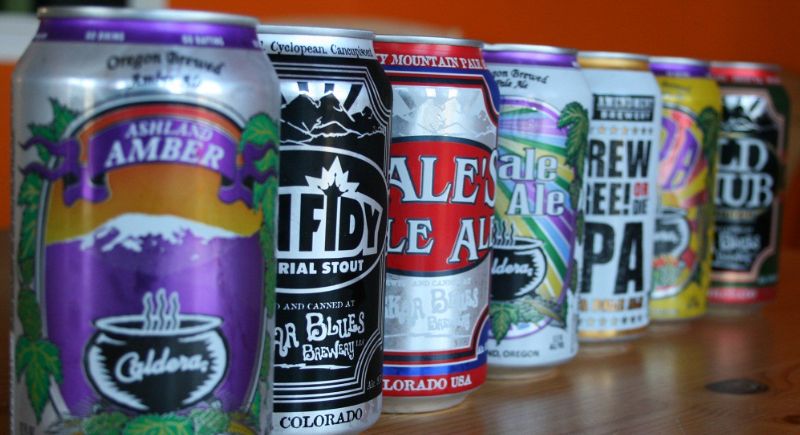
Credit: flickr
Beer prices are bubbling up, and not in a good way. With most craft beer sold in aluminum cans, tariffs on aluminum imports, and a 25% tariff on Canadian barley, breweries are feeling the pinch. Whether you prefer a hoppy IPA or a crisp lager, your favorite brew might come with a little extra bite—on your bill.
Cooking Oil
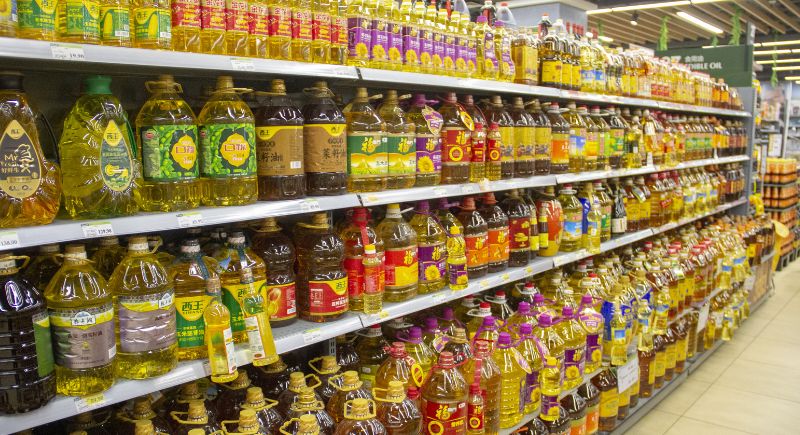
Credit: Wikimedia Commons
Frying up some crispy goodness might become an expensive hobby. Canola, soybean, and sunflower oils—staples in many kitchens—face price hikes. A potential 20% increase means a simple bottle of oil could set you back $1 to $2 more. If you've ever considered switching to an air fryer, now might be the time.
Seafood
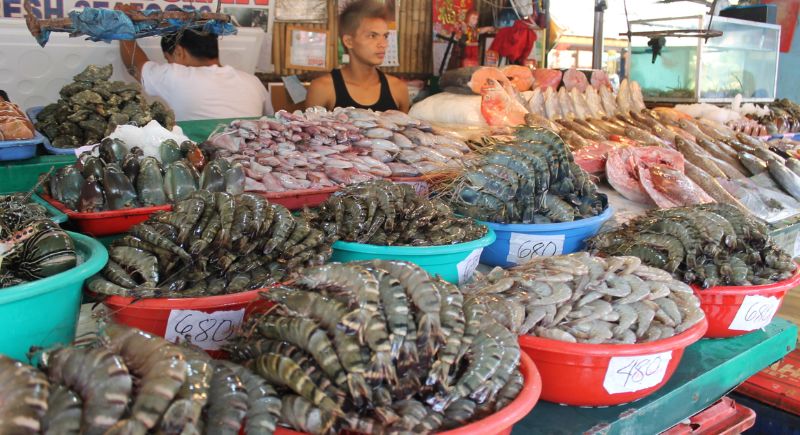
Credit: Wikimedia Commons
Whether you love shrimp scampi, sushi, or a classic fish and chips dinner, seafood is about to make a bigger splash on your budget. Depending on the catch, prices could rise by $1 to $3 per pound. Even frozen fish sticks and canned tuna might see an uptick, making that quick tuna sandwich lunch a little less budget-friendly.
Maple Syrup
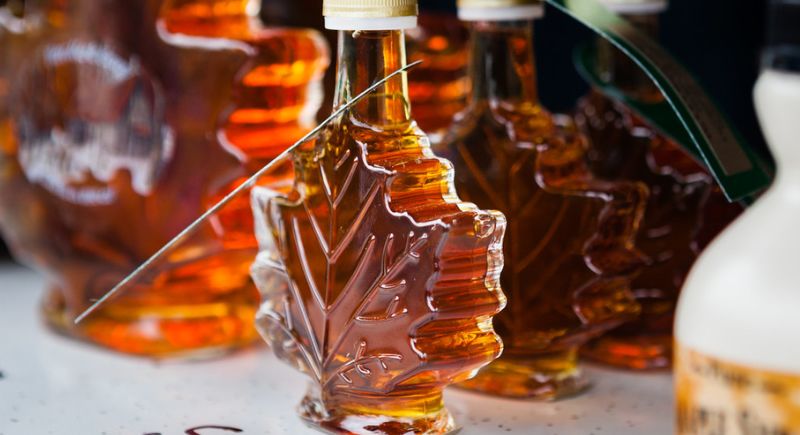
Credit: flickr
That stack of pancakes on the breakfast table might start feeling a little lonely—maple syrup prices will be rising. Restaurants might rethink their menus, and food manufacturers could adjust recipes or pass the cost onto customers. If maple syrup is a must-have in your kitchen, get ready to spend a little extra to keep that sweet tradition alive.
Butter
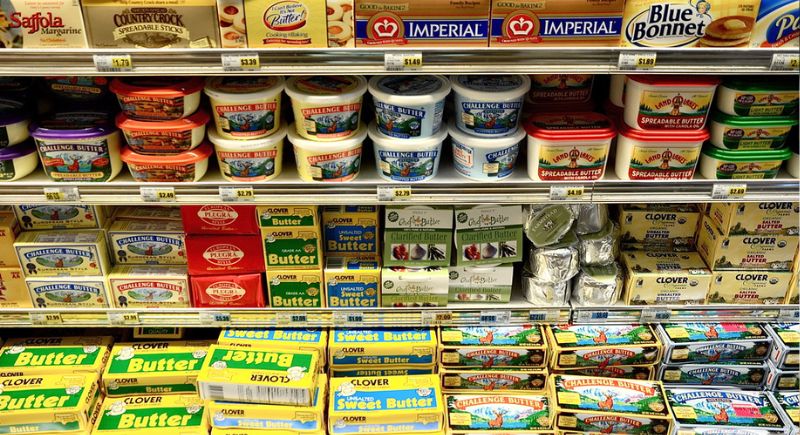
Credit: flickr
Butter is about to take a bigger bite out of your budget. It's the magic behind flaky croissants, golden pancakes, and rich sauces, but soon, that magic is going to cost more. Prices might jump by 10%. That'll be an extra $0.30 to $0.50 per pound—enough to make you rethink slathering that second piece of toast.
Beef
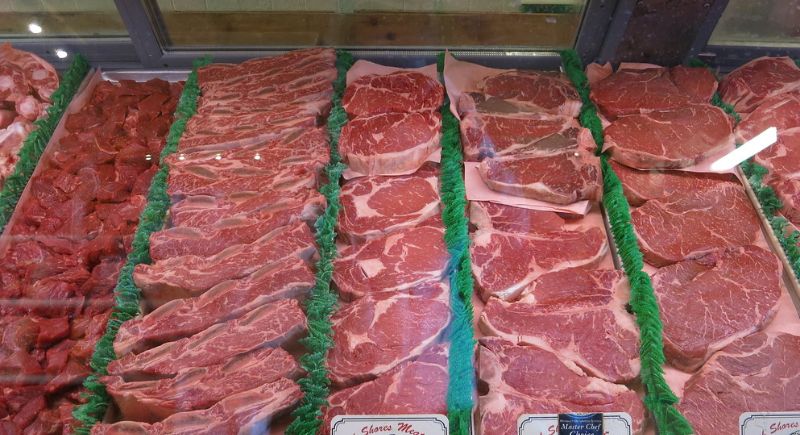
Credit: flickr
A 25% tariff on beef imports from Canada and Mexico could tack on an extra $0.50 to $1.00 per pound. Fast food burgers, frozen meatballs, and steak dinners at your favorite restaurant could all see an increase. Maybe it's time to start perfecting your veggie burger recipe?
Cars

Credit: flickr
The road to a new car just got a lot bumpier. Fresh tariffs on vehicles and parts could increase the cost by $4k to $10k. Dealers might also be less inclined to throw in discounts, meaning that a shiny new ride could require some serious negotiation skills—or a willingness to hold onto your old clunker a little longer.
Houses

Credit: Getty Images
If you're looking for a new home, you might want to sit down before hearing the numbers. A 25% tariff on Canadian softwood is sending construction costs soaring, adding as much as $10k to the price of a new home. Even buyers eyeing existing homes aren't off the hook—higher material costs could push prices up.
Fuel

Credit: Canva
Fuel costs are revving up, and your wallet might not keep up with the pace. With new 25% tariffs on oil imports from Canada and Mexico, gas prices could climb by 20 to 30 cents per gallon. And the impact doesn't stop at the gas station. Shipping costs, grocery prices, and even airline tickets could see increases.
Chocolate
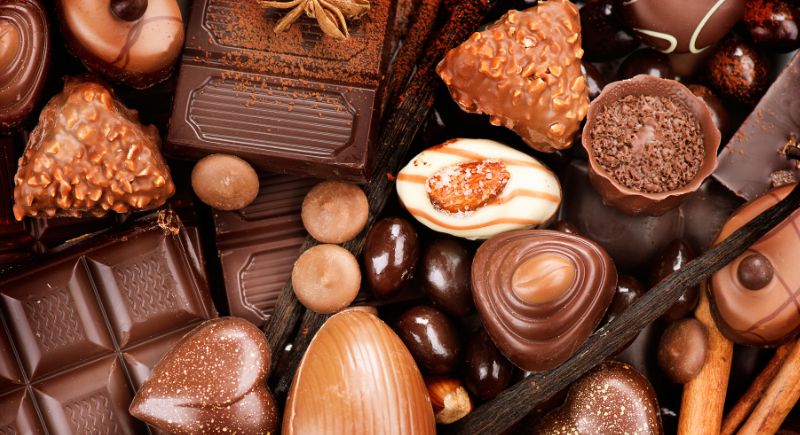
Credit: Canva
Chocolate lovers, the sweetest part of your day is about to get pricier. Cocoa hit a record $10.32 per kilogram in late 2024 and climbed even higher to $10.75 by early 2025. Even premium brands like Lindt & Sprüngli are adjusting supply chains to sidestep international trade battles.
Cosmetics

Credit: Canva
Your beauty routine might be in for an unexpected glow-up—of prices, that is. Beauty supply stores, salons, and even haircare services are bracing for higher costs, especially on popular items like braiding hair. Whether it's a trip to the salon or a simple drugstore beauty haul, keeping up with your routine might take a little extra budgeting.
Pet Food
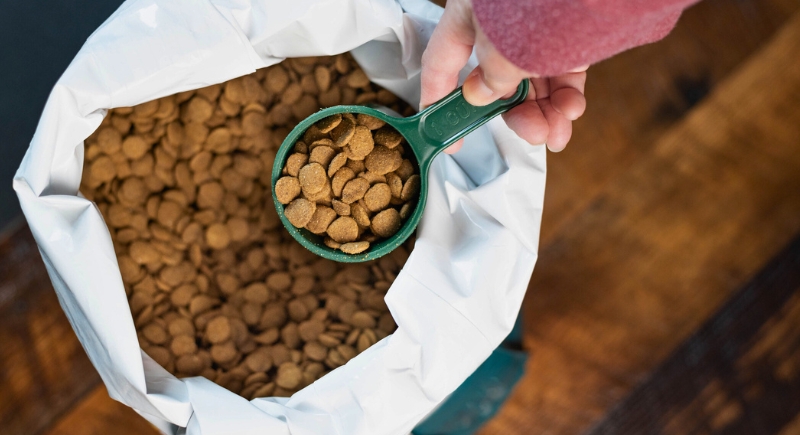
Credit: iStockphoto
Not even your furry friend will escape the realities of the Trump Administration tariffs. Pet food prices are set to rise, with the United States importing significant quantities of its ingredients and packaging materials from Canada and China. Pet owners may need to reduce their budgets for pet food, consider alternative options, or purchase in bulk to offset the higher prices.
School Supplies (Backpacks, Notebooks, Pens)
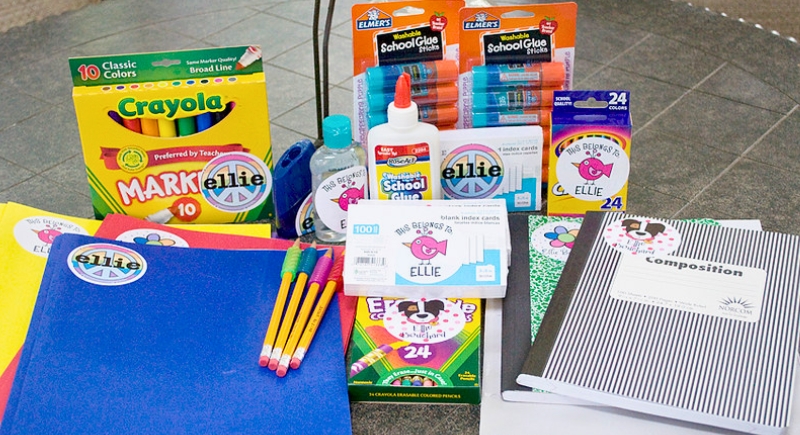
Credit: flickr
Back-to-school supply shoppers, brace yourselves. With new tariffs hitting, essentials imported from China like backpacks, notebooks, and pens are seeing price hikes. Notebooks now carry a 9.5% tariff, and backpacks have jumped nearly 12% in price. As a result, parents might find themselves opting for generic brands or reusing last year's supplies. Talk about unavoidable sustainability practices.

